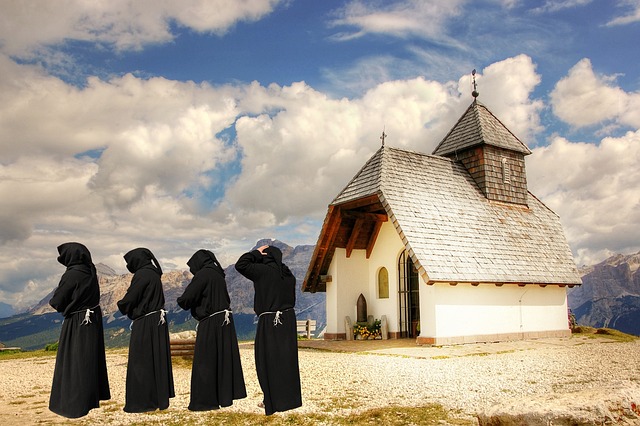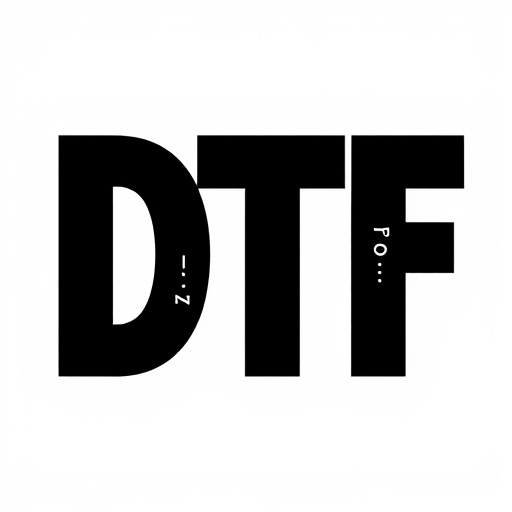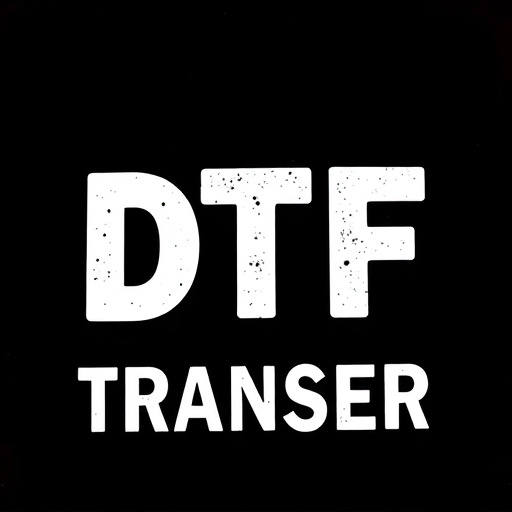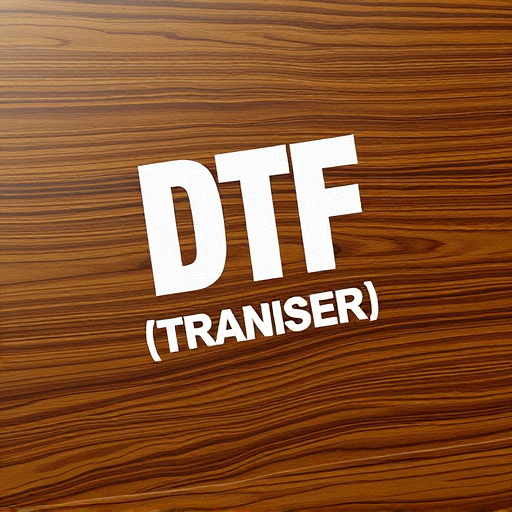Direct-to-Film (DTF) transfer technology is a game-changer in content creation, offering precise color reproduction, exceptional detail, and faster production times. When placing DTF orders, understanding the relationship between source material dimensions and final print quality is vital. Choosing compatible film stock and properly scaling/cropping images ensures visual fidelity. DTF printing provides diverse material options, from high-gloss to matte finishes, suitable for various applications. Optimal resolution and color depth settings enhance print quality. Accurate sizing, cropping, and using provided guidelines ensure successful transfers. Future advancements in DTF technology promise even better outcomes for industries like entertainment and preservation.
“In the realm of film preservation and restoration, Direct-to-Film (DTF) transfer technology has emerged as a game-changer. This innovative process allows for precise reproduction of cinematic art, offering diverse dimensional options to capture every detail. From understanding the fundamentals of DTF technology to exploring material choices, resolution settings, and advanced cropping techniques, this article delves into the intricacies of creating high-fidelity DTF prints. We also gaze into future trends, ensuring that filmmakers and enthusiasts alike stay at the forefront of this revolution.”
- Understanding Direct-to-Film Transfer (DTF) Technology
- The Basics of Dimensional Considerations for DTF Orders
- Material Options for DTF Transfers: A Deep Dive
- Optimizing Print Quality: Resolution and Color Depth
- Sizing and Cropping Techniques for DTF Prints
- Future Trends in Dimensional Printing for Film Transfers
Understanding Direct-to-Film Transfer (DTF) Technology
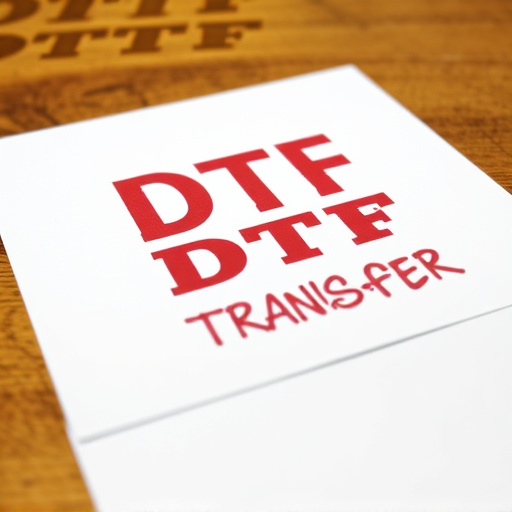
Direct-to-Film (DTF) transfer technology has revolutionized the way we create and reproduce visual content. This innovative process allows for the direct application of printing data onto film, eliminating the need for intermediate steps often required in traditional printing methods. DTF offers an efficient and accurate way to produce high-quality prints, making it a popular choice among professionals in various industries, from photography to motion pictures.
DTF technology leverages advanced printing techniques to ensure precise color reproduction and exceptional detail in each print. By bypassing conventional printing stages, DTF transfers can achieve faster production times without compromising visual fidelity. This makes it an ideal solution for those seeking quick turnaround times while maintaining superior image quality, especially in the realm of custom art, signage, and promotional materials.
The Basics of Dimensional Considerations for DTF Orders

When placing a direct-to-film (DTF) transfer order, understanding dimensional considerations is paramount for achieving high-quality results. The primary factor to keep in mind is the size and resolution of the final print—or DTF print—which directly correlate with the original image’s dimensions. If your source material is, for instance, a high-resolution digital illustration, you would expect the resulting DTF prints to reflect this clarity when reproduced on film.
In practice, this means ensuring that the dimensions of the artwork or image you’re converting are compatible with the chosen film stock’s capabilities. Film stocks vary in terms of maximum print size and resolution; selecting a suitable stock that aligns with your desired output dimensions is crucial. Proper scaling and cropping techniques should be applied to maintain visual fidelity during the DTF transfer process, preventing pixelation or loss of detail when printing on film.
Material Options for DTF Transfers: A Deep Dive
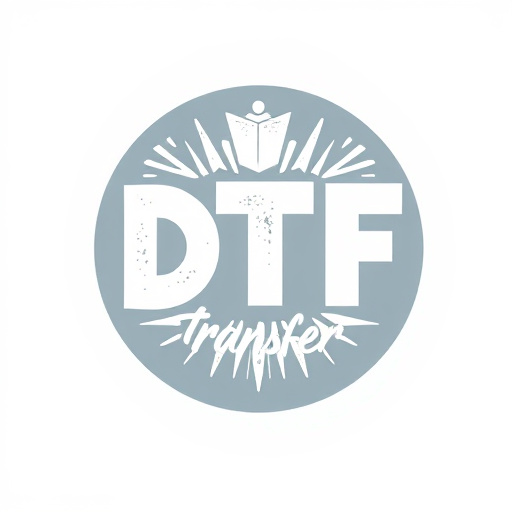
When considering Direct-to-Film (DTF) transfer orders, one of the key factors that define the final product is the material used for the print. The DTF Printing process allows for a range of options to cater to diverse needs and preferences, ensuring each print is both durable and visually appealing.
From high-gloss films to matte finishes, these materials offer distinct visual characteristics. High-gloss options add a vibrant, lustrous touch, ideal for showcasing images with rich colors and sharp details. Conversely, matte films provide a softer, more subtle look, reducing light reflection and making them suitable for environments where glare is a concern. Additionally, material choices extend to various substrate types, enabling prints on everything from standard transparent film to specialized materials designed for outdoor durability or touch-sensitive displays. Each material option contributes to the overall experience of the DTF Prints, be it a vibrant, reflective display or a subtle, long-lasting art piece.
Optimizing Print Quality: Resolution and Color Depth

When optimizing print quality for direct-to-film (DTF) transfer orders, resolution and color depth are key considerations. DTF printing offers a unique advantage in that it can reproduce intricate details and vibrant colors with remarkable accuracy. However, achieving top-notch DTF prints requires setting the appropriate resolution based on the complexity of the design. Higher resolutions ensure sharper lines, finer details, and more accurate color representation, making them ideal for complex artwork or text. Conversely, lower resolutions are sufficient for simpler designs, striking a balance between file size and print quality.
Color depth, measured in bits per pixel (bpp), determines the range of colors that can be displayed. A higher bpp value results in more subtle color gradations and a broader spectrum of hues. For DTF transfers, aiming for at least 16-bit color depth ensures rich, accurate colors in the final prints. This is especially crucial when dealing with photographs or designs that rely heavily on nuanced color differences. By carefully managing these settings, DTF transfer orders can produce high-quality, visually stunning prints that meet the demands of various applications, from promotional materials to artistic expressions.
Sizing and Cropping Techniques for DTF Prints
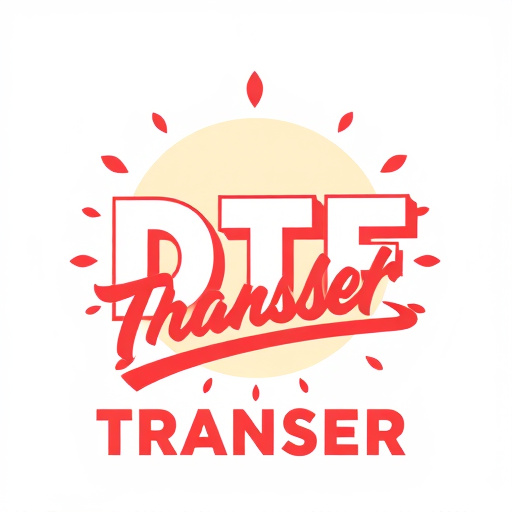
When preparing art for direct-to-film (DTF) transfer orders, precise sizing and cropping techniques are crucial to ensure high-quality prints. Before sending your design to print, it’s essential to consider the final desired size of the DTF transfer. This involves scaling your artwork accordingly while maintaining critical elements within the safe zone, which is typically a 1/4″ (6mm) border around the perimeter. Professional DTF printers often provide specific guidelines and templates to help with this process, making it easier to achieve accurate proportions.
Effective cropping ensures that irrelevant details or distractions are removed from the design, focusing solely on the intended image or text. This step is particularly vital for complex artworks or intricate patterns. By cropping thoughtfully, you can streamline the DTF printing process and prevent unnecessary waste. Remember, proper sizing and cropping not only enhance the aesthetics of your final prints but also play a significant role in ensuring successful film-to-surface adhesion during the transfer process.
Future Trends in Dimensional Printing for Film Transfers

The future of dimensional printing for direct-to-film (DTF) transfers promises exciting innovations that will further enhance the quality and versatility of DTF prints. As technology advances, printers are becoming increasingly capable of achieving higher resolutions and intricate details, allowing for more realistic and vibrant film transfer results. This trend is particularly significant in industries like entertainment and preservation, where capturing and recreating historical or classic films’ aesthetic accurately is paramount.
With the evolution of materials and printing techniques, we can anticipate improved durability and longevity of DTF prints. Researchers and manufacturers are exploring new inks and substrates that offer better color fidelity, increased resistance to fading, and enhanced dimensional stability. These advancements will ensure that the rich details and colors of original films are preserved for future generations, making DTF transfers a preferred method for restoring and reproducing cinematic classics.







